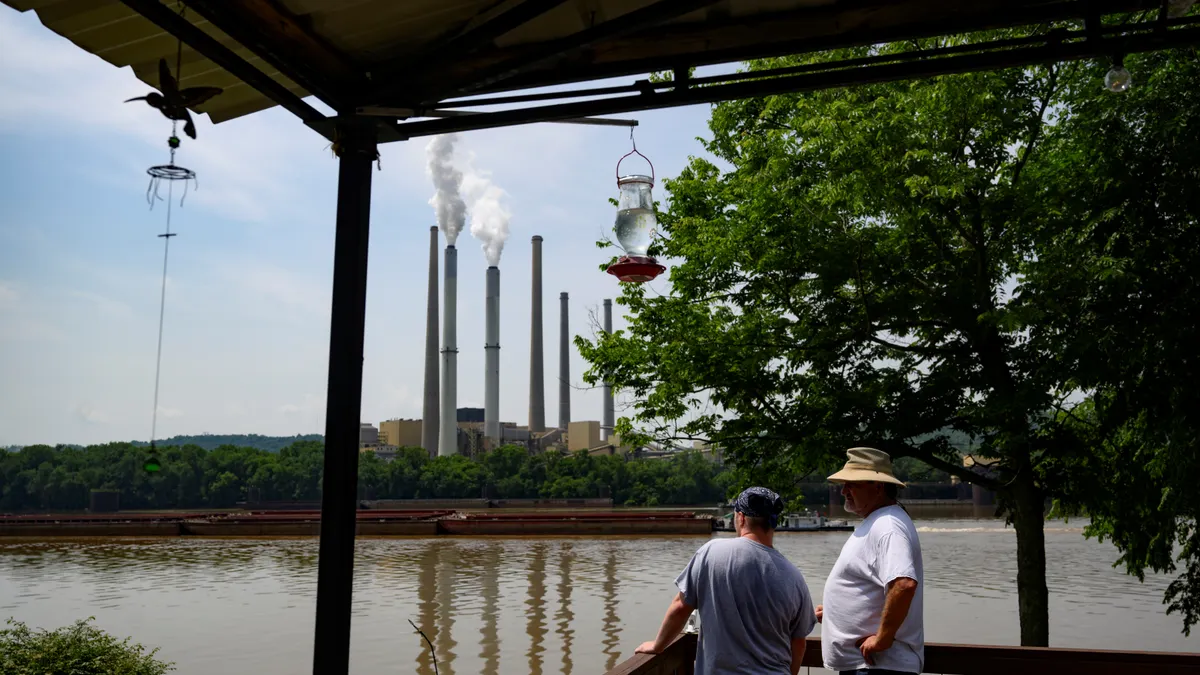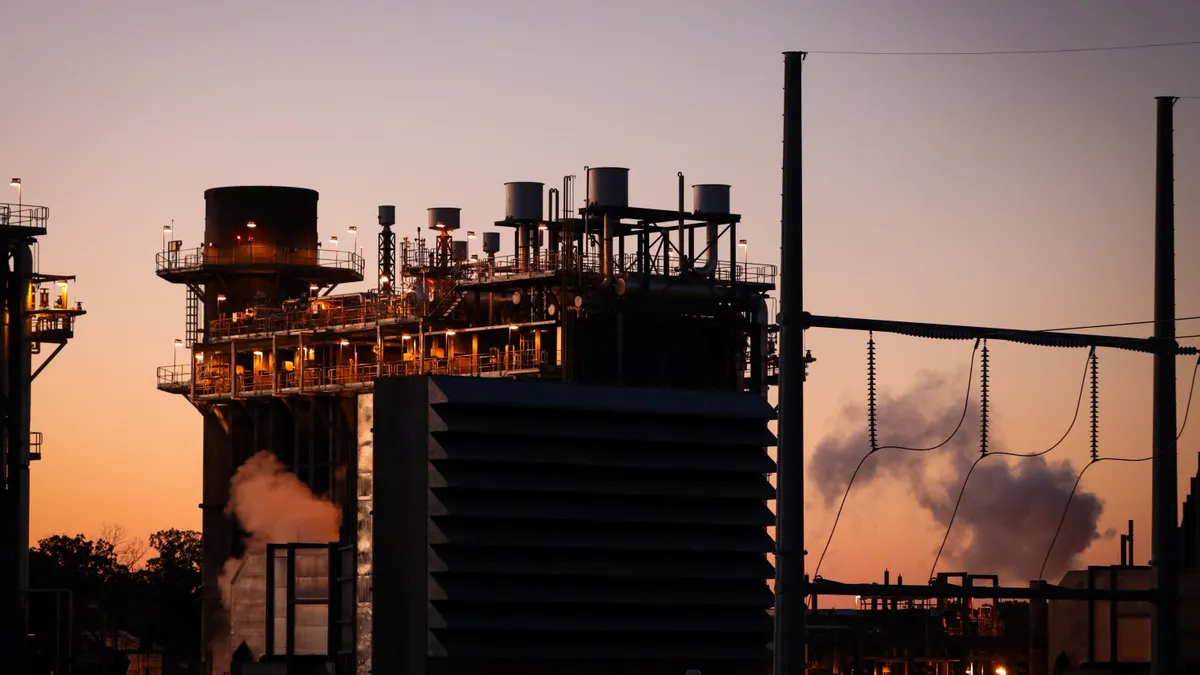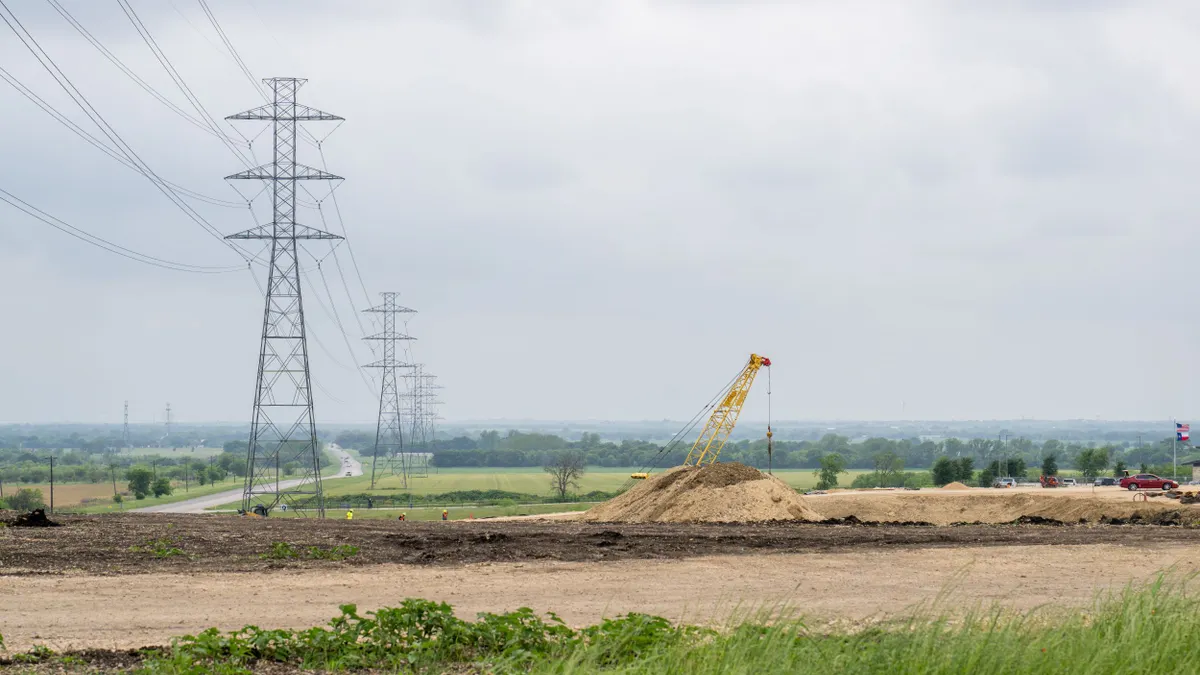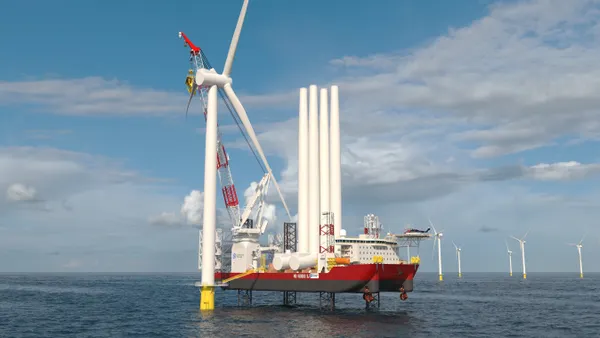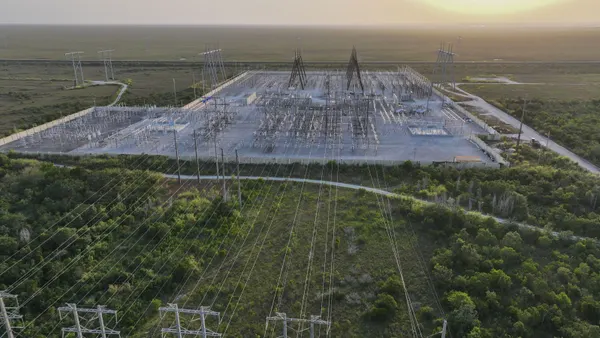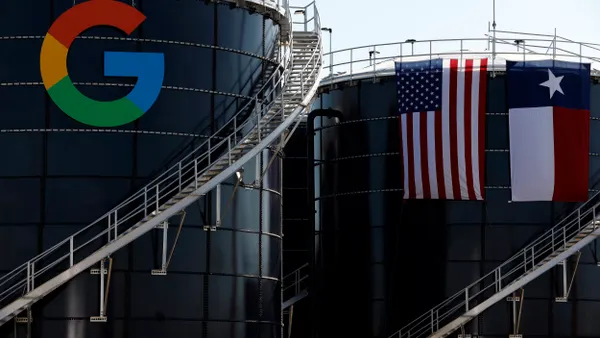The Environmental Protection Agency intends to delay a compliance deadline for owners of coal-fired power plants affected by zero-discharge wastewater standards, according to a Monday court filing by the agency.
The case centers on updates to effluent limitation guidelines the EPA issued in April 2024. The rule sets more stringent limits for flue gas desulfurization wastewater, bottom ash transport water and combustion residual leachate.
Wastewater discharges from coal-fired power plants into bodies of water include toxic and bioaccumulative pollutants including heavy metals, halogen compounds, nutrients and total dissolved solids, according to the EPA.
Power plant owners must meet the new requirements by Dec. 31, 2029, and file notice of intent to retire plants that cannot meet the new standards by the end of this year.
In its filing Monday, the EPA asked the U.S. Court of Appeals for the Eighth Circuit in St. Louis to suspend litigation utilities and trade groups brought against the rule until after the agency extends the end-of-year deadline.
After the agency extends the deadline, the EPA plans to propose revising the technology basis for limits on discharges of unmanaged combustion residual leachate — essentially, leaks from landfills or other impoundments.
The EPA said it may also seek to change its zero-discharge limits and standards for coal-fired power plants.
The agency submitted a proposal on Monday to the White House Office of Information and Regulatory Affairs, which vets federal regulations, to extend the Dec. 31 deadline.
When it issued the rule change, the EPA estimated the wastewater rule would cut pollution from coal-fired power plants by more than 660 million pounds a year and produce $3.2 billion in annual benefits. It also said the rule could lead to about 5,780 MW in power plant retirements by 2035.
However, the EPA may pare back the effluent rule as part of a broad push by the Trump administration to ease environmental rules for power plants.
The EPA’s plan is “terrible news,” according to Thomas Cmar, a senior attorney with Earthjustice, which represents environmental groups in the case, including the Sierra Club, Clean Water Action, Waterkeeper Alliance, Natural Resources Defense Council, Environmental Integrity Project, PennEnvironment and Prairie Rivers Network.
“Power plants for decades have been able to get away with treating our rivers, lakes, and streams like an open sewer for dumping of toxic coal ash wastewater,” Cmar said in an email. “All that the ELG Rule requires is that power plants use affordable technologies to eliminate that pollution where feasible. Efforts by this administration to delay the long-overdue timeline or to weaken these protections will only harm people’s health and further degrade our waterways.”
Parties that challenged the updated wastewater rule include Southwestern Electric Power Co., which is an American Electric Power subsidiary, and Utility Water Act Group, a trade group for utilities and other power plant owners. Its members include the American Public Power Association, DTE Energy, FirstEnergy, the National Rural Electric Cooperative Association and Vistra.
City Utilities of Springfield; America's Power, which is a trade group for coal-related companies; and 22 states led by West Virginia also challenged the effluent limits in court. The lawsuits were consolidated at the Eighth Circuit.
In an initial brief, the industry and state petitioners asked the court to set aside the updated effluent guidelines, which they said were adopted in a “concerted effort to heap regulatory burdens on coal-fired power plants.” The rule requires “costly and unproven technologies,” they said in their mid-November brief.



